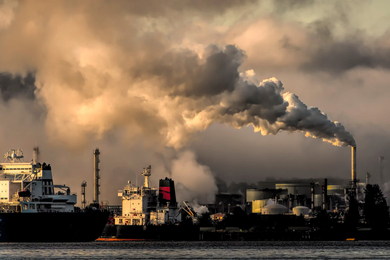Researchers at MIT's School of Architecture + Planning, in collaboration with colleagues at China’s Tsinghua University, have created a new set of tools that can evaluate the energy performance of real estate projects while they are still in the process of design. The tools are intended to help shape the process of urbanization at the scale at which cities are actually built — one neighborhood at a time — producing cleaner energy patterns than would otherwise be possible.
The tools include a pattern book for neighborhood forms that have proven to be energy efficient and an Energy Proforma@ that represents the energy value of a neighborhood form with a single number. By providing a common measure for assessing clean energy projects, the tools will contribute to the creation of public policy in China and will hopefully produce a model for assessing clean energy urban form that will become common practice for development worldwide.
Read more
The tools include a pattern book for neighborhood forms that have proven to be energy efficient and an Energy Proforma@ that represents the energy value of a neighborhood form with a single number. By providing a common measure for assessing clean energy projects, the tools will contribute to the creation of public policy in China and will hopefully produce a model for assessing clean energy urban form that will become common practice for development worldwide.
Read more






